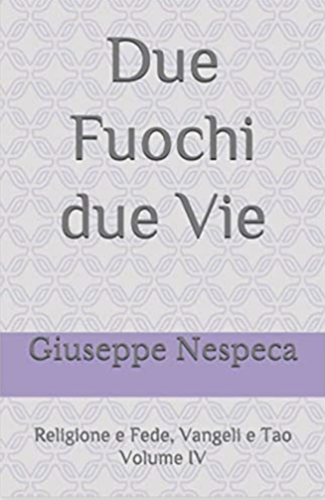Christmas, par excellence the cross-cultural feast of the Birth, is approaching.
Last Christmas I already made a small reflection on the psychological meaning of Christmas. In this little article I would like to approach the topic in a different way.
Pregnancy, birth and childhood are a continuum.
Some psychologists of the unconscious claim that psychic life even begins during pregnancy.
I report some experiences of analysts from the book 'The origin of fear - the myths of Mesopotamia and the trauma of birth' by Franz Renggli [Ed. Magi. (Jan. 2004)].
These experiences reported in the book help to understand the psychic life of the one about to be born.
On p. 29, the author quotes an animal story by William Emerson.
"A tractor-trailer had run over a pregnant bitch. Both mother and puppy survived. After its birth, it was taken to a farm where it was noted for its fearful attitude.
In particular, it reacted nervously to the cawing of geese in the spring when they migrated north - and in the autumn when they returned. On these occasions he would gasp and hide in a barn.
It should be added that the driver of the lorry had tried to avoid the accident by honking his horn, the acoustic effect of which was similar to the cry of the geese.
It is evident that the old prenatal trauma, linked to great pain and fear of death, was awakened in this puppy by the passing of the geese."
In this chapter of the book, the author relates another story by Thomas Verny from his book 'Secret Life Before Birth' (1981):
"A conductor during the first performance of a composition knew in advance, before turning the pages of the score, the parts entrusted to the cello. When he told his mother, a cellist by profession, the secret was soon revealed: during her pregnancy, she had rehearsed those very passages on the cello'.
The author also reports on research conducted by David Chamberlain. He subjected some babies with speech to hypnosis, asking them about their birth experience. He did the same with mothers - and comparing, their stories coincided.
"These babies described their birth from the inside, the anxiety that gripped them during labour, but also their worries and the empathy that united them with their mother during the birth".
Alessandra Piontelli's observations are also interesting (p.31)
This psychoanalyst made observations during the pregnancy period and her knowledge of the prenatal period was enriched.
In the above-mentioned book (p.32), a case is reported of a mother who ate continuously during pregnancy despite doctors' advice to the contrary.
The unborn child was equally insatiable, constantly sucking her thumb and placenta; her tongue was always moving, and she swallowed large quantities of amniotic fluid.
Another example described is that of a mother with a high level of anxiety because she had already lost a baby,
Every time the doctors told her something, she became anxious and immediately thought about what harm the unborn child might suffer.
The foetus consequently hid behind its arms and behind its legs, so that during medical examinations with ultrasounds the head could not be clearly distinguished. As anxious as the mother.
On p.33 of the book, a study by David Chamberlain is cited.
Whenever mothers want to know whether their unborn child is nomal, they undergo amniocentesis: Chamberlain reports that one foetus retracted and then hit the needle with his fist; others stiffened, and their heart beat faster. Breathing may slow down for a few days.
Generally, unborn children are not so frightened of the needle, unless it is a vital issue and they perceive a danger.
In my professional experience I have also come across painful experiences that were related to the gestational period.
The collection of the anamnesis was largely centred on the period of conception and what life had been like for the parents during the wait, as well as the personal history of the baby.
The parents' experience highlighted the acceptance or non-acceptance of the baby, sometimes any unwanted marriages, or the stories of mothers and fathers who were still themselves 'babies': incapable of 'caring', a typical aspect of the parental function.
Of course then the child is born, but it will live better if supported by positive and loving feelings. He will have more strength to face life's difficulties.
So let us live Christmas with joy, even if there are people who live it badly.
Christmas represents and conveys the theme of birth.
It is true that Christmas is the birth of the Child Jesus, but it is also the feast of any birth. I wonder what person does not feel a special joy within him or herself when a child comes into the world (Christian or not).
I personally think that the feast of Christmas excludes no one,
And I would like it to continue to be called that, not a winter festival as suggested by authoritative voices.
Francesco Giovannozzi psychologist - psychotherapist.












